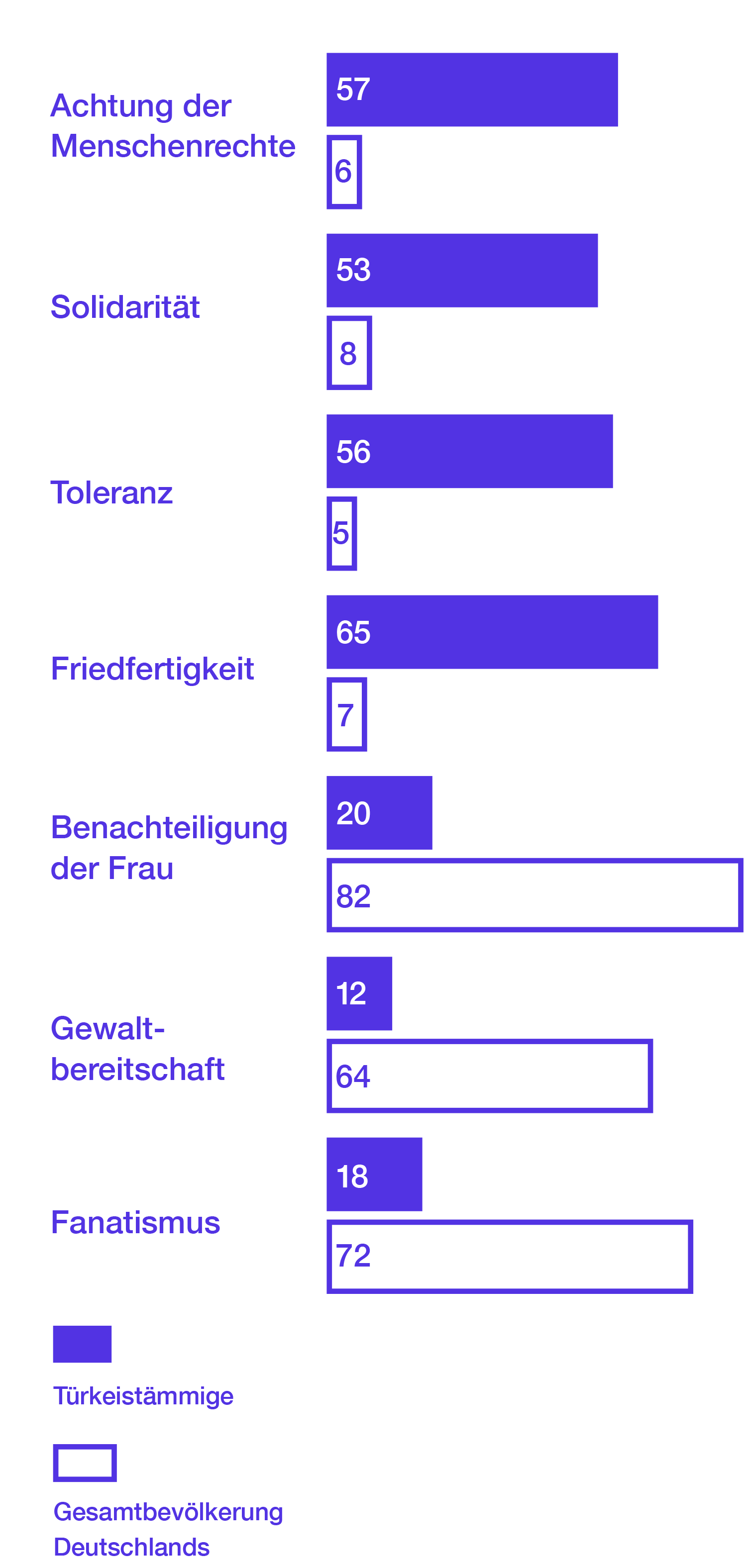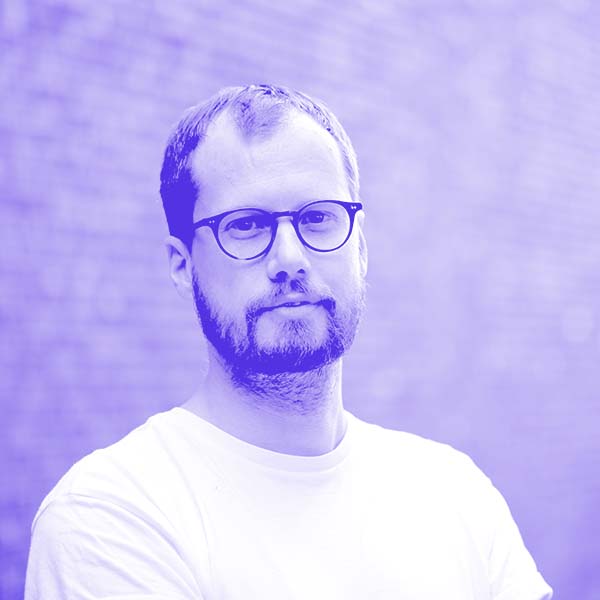Imagine the following: an all-female panel of soccer experts analysing the game after a soccer match played between Bayern München and Borrusia Dortmund. A controversial debate about the abuse scandal in the Catholic Church, with a Muslim only panel. A critical article on cancelled white men without the voices of any of those supposedly cancelled white men? It’s hard to imagine, right?
But this is exactly how non-white Germans see media coverage in this country. Most debates exclude them, even when they are the subject of the debates. The media report about refugees without hearing any refugee voices. They air stories on headscarf debates, without asking women who wear them to join the debate.
Many stories, topics and perspectives are ignored
When representatives of structurally disadvantaged groups do make an appearance, they are often portrayed as problem cases, as a threat to German normality. Advocating for more acceptance for LGBTIQ* in pre-schools and schools is scandalised as "early sexualisation" and presented as a danger for children. Yet studies clearly show that children grow up best in a loving environment, regardless of whether they’re loved by mum and dad or mum and mum.
When reporting on immigration or related topics, the media tend to focus on the negative. They’ll report on violence or criminality within the communities, or on how much immigration costs the taxpayer, or on the risk of the loss of Germany’s cultural identity. The positive is rarely reported, for example that immigrants contribute significantly more money to the country’s health insurance systems (23) or that there are no studies that show any direct connection between crime and migration. We believe such stories have the same news value as articles that merely repeat common clichés.
Many in the media seem to have internalized the agenda of right-wing populists. Just think of the ridiculously high number of public talk shows that debated the alleged "refugee problem." Giving populist topics so much public attention is an indirect way of legitimizing them – perhaps without those responsible even realizing it.
Kai Hafez, Media researcher, University of Erfurt
As if Christmas is all about alcohol abuse
Reporting along stereotypical lines in a migrant society is one-sided and not particularly professional. Doing so means that the realities of many people in Germany are simply missing from the narratives, their stories are not being told, their perspectives are not being considered. And where they are, the stories tend to focus on the negative, the shortcomings, the deficits. Each year during Ramadan, the media will for example extensively report on the dangers of fasting for children, but they will rarely focus on the positive such as the spiritual and familial significance of this time for millions of families.
Now try switching perspectives and imagine similar one-dimensional story-telling about Christmas. Imagine news stories that focus on alcohol abuse and family fights, imagine editorials that lament the psychological side-effects the holiday season has on children who have to witness family feuds.
Imagine cover stories about women whose husbands become violent on Christmas Eve and talk shows with guests debating whether alcohol should be officially banned during Christmas. It’s impossible to imagine such a scenario because of course every journalist knows that there’s more to Christmas than booze and trouble. So why do these same journalists write or report about Ramadan in such a one-sided manner, ignoring so many other stories they could narrate about the Islamic holy month?
Stellen Sie sich diesen Fall vor: Sie, ein*e Deutsche*r, leben in einem anderen Land, und das Einzige, was in den dortigen Medien über Ihre Kultur thematisiert wird, sind Lederhosen, Pädophile in der Kirche, Neonazis, deutsche Überheblichkeit in der EU und Sex-Tourismus. Welche*r Deutsche empfände das als adäquat, sachlich und ausgewogen?
Sheila Mysorekar, Deutsche Welle Akademie, Vorstandsmitglied der Neuen deutschen Medienmacher*innen e. V.

 Quelle: Christine Fiedler
Quelle: Christine Fiedler